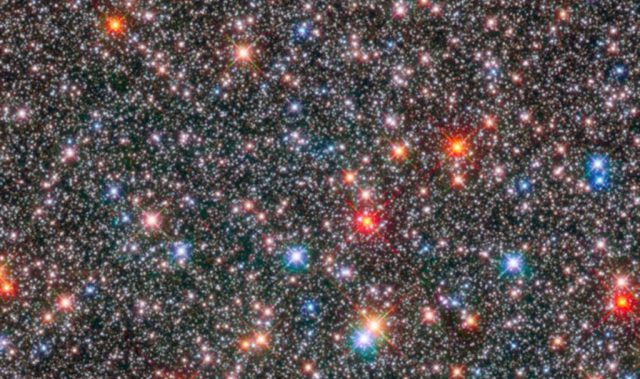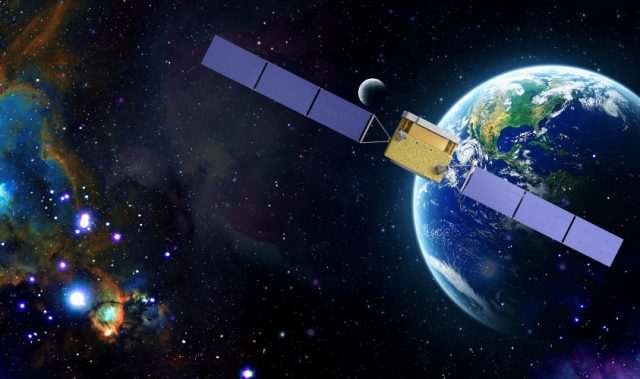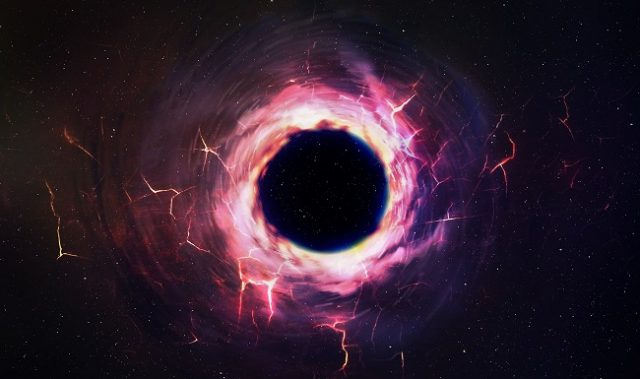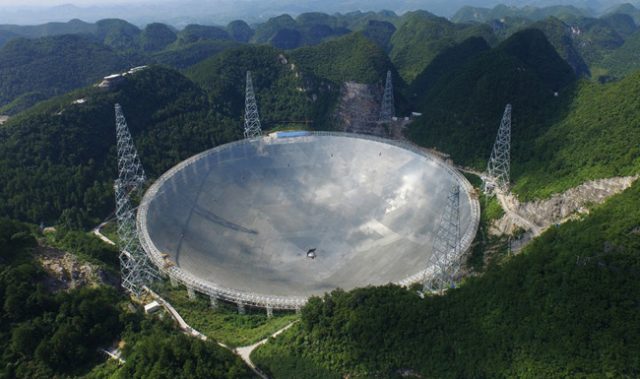
AsianScientist (Feb. 3, 2016) – Astronomers in China have discovered that globular clusters, made up of dense, tightly-packed swarms of stars, are capable of ‘adopting’ baby stars rather than creating more biological star ‘children.’
Findings in this article, published in the journal Nature, could potentially change how we view and understand star parentage within globular clusters.
Globular clusters have long been thought to have formed their millions of stars in bulk at around the same time, with each cluster’s stars very close in age—much like twin brothers and sisters. Yet, recent discoveries of young stars within old globular clusters reveal that globular clusters can somehow bear second or even third sets of thousands of sibling stars, instead of having all their stellar ‘children’ at once.
Using observations by the Hubble Space Telescope, researchers at the Kavli Institute for Astronomy and Astrophysics (KIAA) at Peking University, along with collaborators in China and the United States, may have an explanation for this puzzling family scenario.
Instead of being ‘birthed’ from other stars shedding gas as they age, young populations of stars can apparently originate from star-forming gas flowing in from outside of the clusters. In other words, young stars may be ‘adopted’ by globular clusters.
“This study offers new insight on the problem of multiple stellar populations in star clusters. [It] suggests the gaseous fuel for these new stellar populations has an origin that is external to the cluster, rather than internal,” said study lead author, KIAA Astronomer Li Chengyuan.
“In a manner of speaking, globular clusters appear capable of ‘adopting’ baby stars—or at least the material with which to form new stars—rather than creating more ‘biological’ children as parents in a human family might choose to do.”

The team based their findings on young and intermediate-aged clusters found in two nearby dwarf galaxies: the globular clusters NGC 1783 and NGC 1696 in the Large Magellanic Cloud, along with NGC 411 in the Small Magellanic Cloud. Within NGC 1783, the team identified an initial population of stars aged 1.4 billion years, along with two newer populations that formed 890 million and 450 million years ago.
The theory of newborn stars arising in clusters as they ‘adopt’ interstellar gases is not new and dates back to a 1952 paper. More than half a century later, this once speculative idea now has key evidence to support it.
The article can be found at: Li et al. (2016) Formation of New Stellar Populations from Gas Accreted by Massive Young Star Clusters..
———
Source: The Kavli Institute for Astronomy and Astrophysics at Peking University; Photo: Shutterstock.
Disclaimer: This article does not necessarily reflect the views of AsianScientist or its staff.












